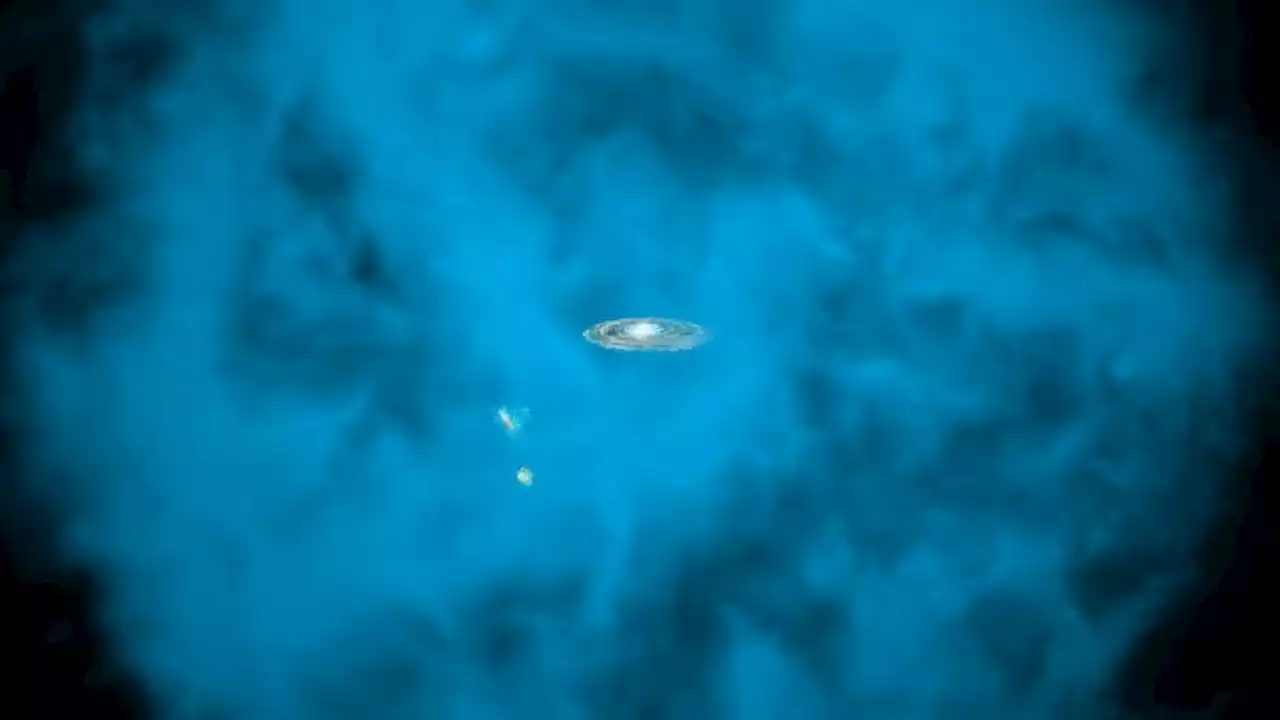Mysterious fast radio bursts (FRBs) helped astronomers weigh our galaxy, and reveal that some matter is missing.
For over a decade now, so-called fast radio bursts have been puzzling scientists. These ultra-short-lived, bright flashes of radio waves across the sky happen all day, but no one yet knows what causes them.
Caltech astronomers built an observatory called the Deep Synoptic Array , a collection of 110 radio antennas nestled in the Owens Valley of Central California on the ancestral lands of the Big Pine Paiute Tribe, to make more precise measurements of FRBs. Their goal is to pinpoint the location on the sky of each FRB they observe, to help figure out where these flashes originate. This task requires highly detailed resolution — the equivalent of spotting a dime on the surface of the moon.
In the long run, astronomers hope to build an even more advanced FRB observatory, nicknamed DSA-2000 — yes, that's an array of two thousand radio dishes — in the Nevada desert. But even the initial DSA is a powerful instrument for observing FRBs. The pinpointing capability is particularly important, Ravi said."By figuring out what the environments of FRBs are like, we can say something about their origins."
United States Latest News, United States Headlines
Similar News:You can also read news stories similar to this one that we have collected from other news sources.
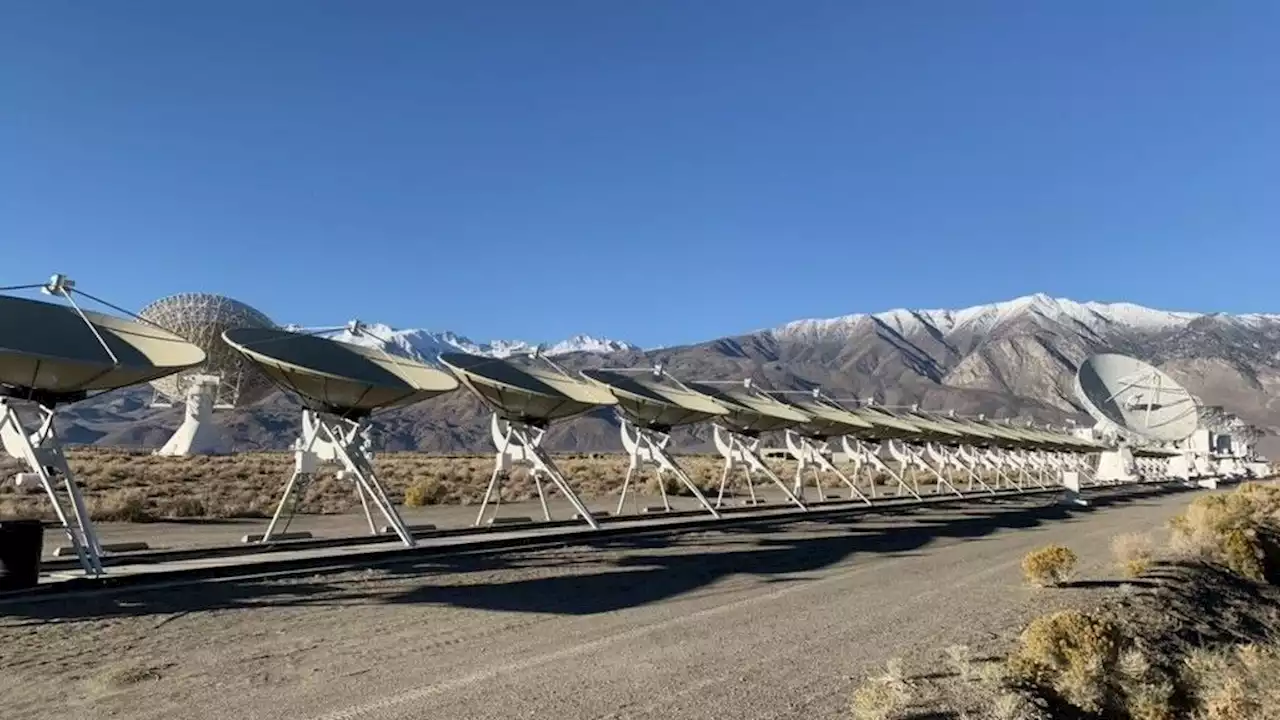 Astronomers weighed our Milky Way, and it's lighter than expectedMysterious fast radio bursts (FRBs) helped astronomers weigh our galaxy.
Astronomers weighed our Milky Way, and it's lighter than expectedMysterious fast radio bursts (FRBs) helped astronomers weigh our galaxy.
Read more »
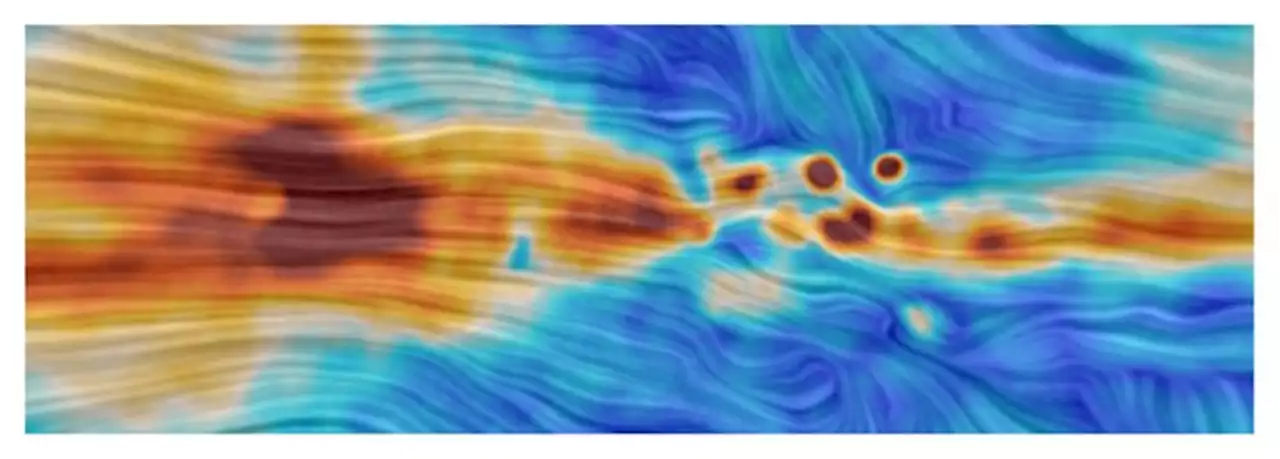 You're Looking at a Map of the Milky Way's Magnetic FieldUsing telescopes that study the sky in the microwave part of the electromagnetic spectrum, astronomers have successfully mapped the structure of the magnetic field of the Milky Way galaxy. While magnetic fields are difficult to measure in space, an international team of astronomers used the Teide Observatory on Tenerife in the Canary Islands to conduct … Continue reading 'You’re Looking at a Map of the Milky Way’s Magnetic Field'
You're Looking at a Map of the Milky Way's Magnetic FieldUsing telescopes that study the sky in the microwave part of the electromagnetic spectrum, astronomers have successfully mapped the structure of the magnetic field of the Milky Way galaxy. While magnetic fields are difficult to measure in space, an international team of astronomers used the Teide Observatory on Tenerife in the Canary Islands to conduct … Continue reading 'You’re Looking at a Map of the Milky Way’s Magnetic Field'
Read more »
 Salep: A hot, sweetened, milky drink relished by Turks in the winterMade of ground orchid roots and milk, salep has been a staple cherished on the streets of Istanbul and in Turkish homes for centuries. Here's what makes it so special.
Salep: A hot, sweetened, milky drink relished by Turks in the winterMade of ground orchid roots and milk, salep has been a staple cherished on the streets of Istanbul and in Turkish homes for centuries. Here's what makes it so special.
Read more »
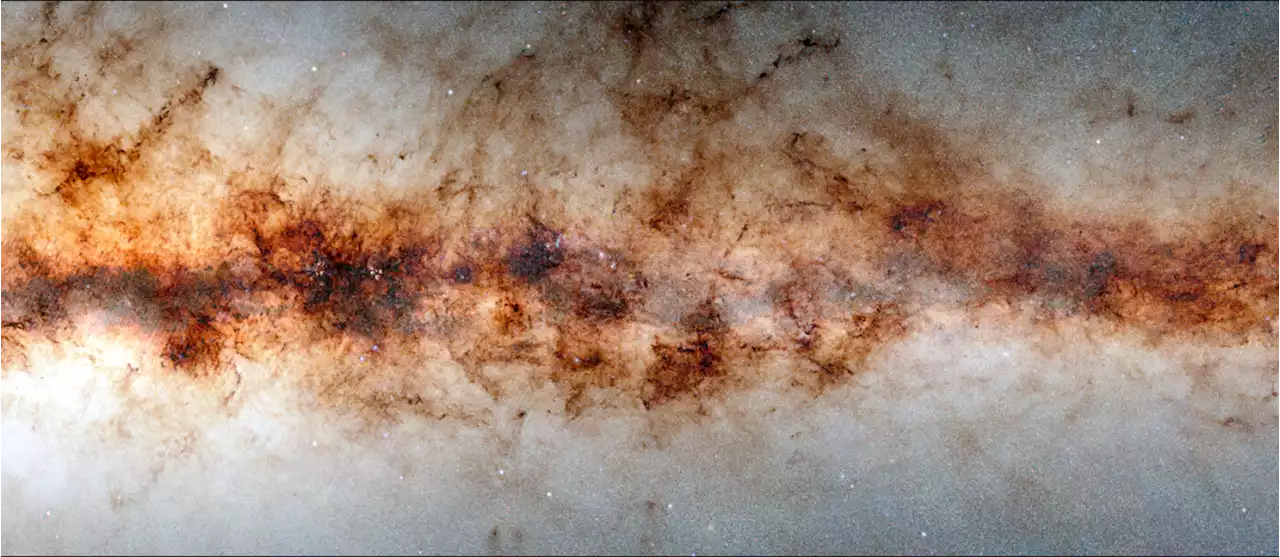 3.3 billion Milky Way objects revealed by colossal astronomical surveyA new survey, perhaps the largest of its type, shows the Milky Way's galactic plane in stunning detail.
3.3 billion Milky Way objects revealed by colossal astronomical surveyA new survey, perhaps the largest of its type, shows the Milky Way's galactic plane in stunning detail.
Read more »
 Billions of celestial objects revealed in gargantuan survey of the Milky WayAstronomers have released a gargantuan survey of the galactic plane of the Milky Way. The new dataset contains a staggering 3.32 billion celestial objects—arguably the largest such catalog so far. The data for this unprecedented survey were taken with the Dark Energy Camera, built by the US Department of Energy, at the NSF's Cerro Tololo Inter-American Observatory in Chile, a Program of NOIRLab.
Billions of celestial objects revealed in gargantuan survey of the Milky WayAstronomers have released a gargantuan survey of the galactic plane of the Milky Way. The new dataset contains a staggering 3.32 billion celestial objects—arguably the largest such catalog so far. The data for this unprecedented survey were taken with the Dark Energy Camera, built by the US Department of Energy, at the NSF's Cerro Tololo Inter-American Observatory in Chile, a Program of NOIRLab.
Read more »
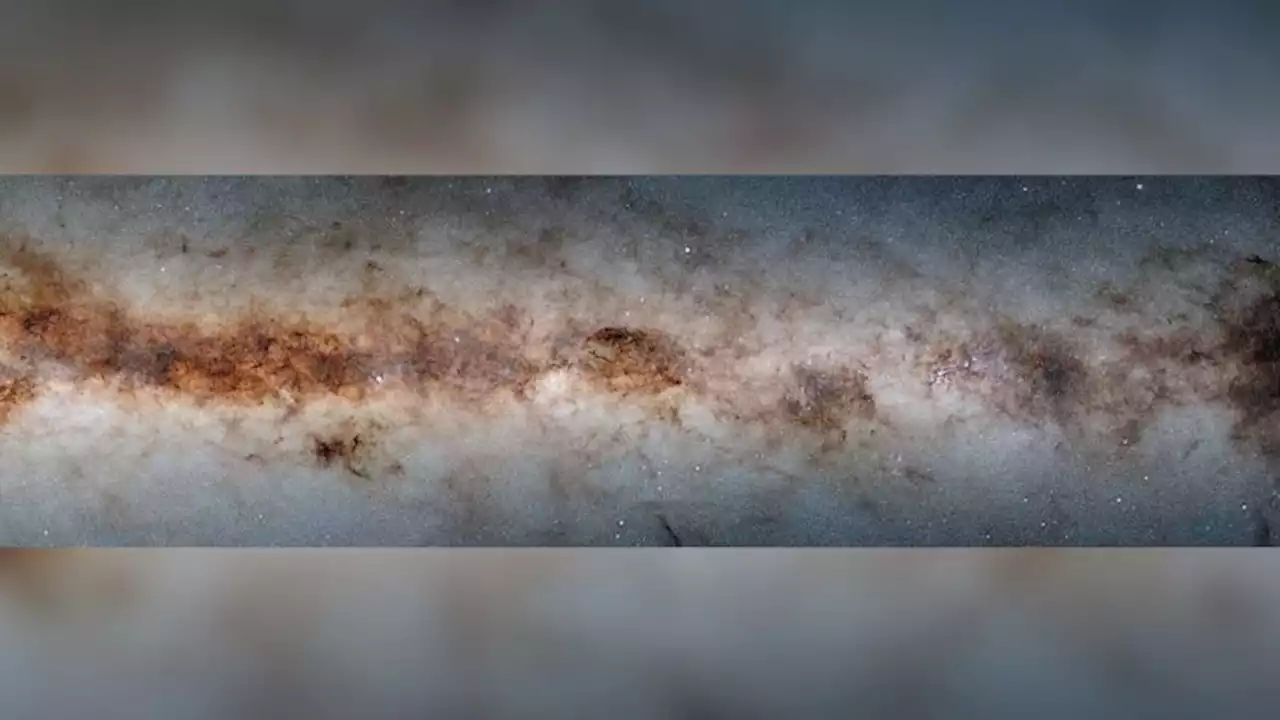 Billions of celestial objects captured by new survey of the Milky Way | CNNA new survey of the Milky Way galaxy has unveiled 3.32 billion celestial objects, with a stunning new image that showcases stars, pillars of dust and areas of star birth.
Billions of celestial objects captured by new survey of the Milky Way | CNNA new survey of the Milky Way galaxy has unveiled 3.32 billion celestial objects, with a stunning new image that showcases stars, pillars of dust and areas of star birth.
Read more »
